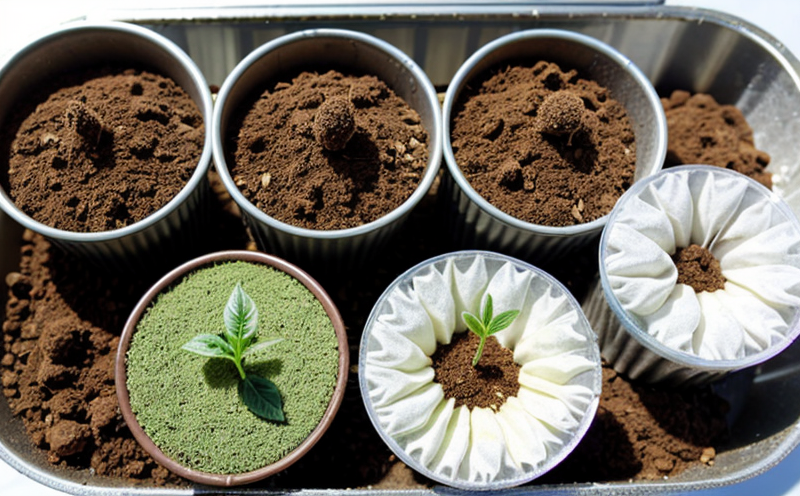Seed Longevity Prediction Testing
The longevity of seeds is a critical factor in agricultural and forestry testing. Seed longevity refers to how long a seed can remain viable under given storage conditions before losing its ability to germinate effectively. This parameter is crucial for ensuring crop sustainability, optimizing storage practices, and enhancing seed quality control.
Seed longevity prediction testing involves assessing the viability of seeds over time by exposing them to various environmental stresses such as temperature, humidity, light, and darkness. The goal is to determine at what point the seeds no longer meet the minimum germination requirements specified in international standards like ISO 3632 or ASTM D5917.
Understanding seed longevity helps farmers and foresters make informed decisions about storage conditions, planting schedules, and breeding programs. It allows for better resource allocation, reduced waste, and improved crop yields. By predicting seed longevity accurately, agriculturalists can optimize the use of resources such as water, fertilizer, and land.
During this testing process, seeds are subjected to controlled environmental conditions that simulate real-world storage environments. The results provide insights into how different factors—such as temperature fluctuations and humidity levels—affect seed viability over time. This information is invaluable for developing strategies to enhance seed quality and extend shelf life.
The methodology for predicting seed longevity typically involves germination testing at regular intervals throughout the storage period. At each interval, a sample of seeds is removed from storage and tested for germination rate. The test results are analyzed statistically to determine when the germination rate drops below an acceptable threshold. This threshold is usually defined by industry standards like ISO 3632 or ASTM D5917.
Understanding seed longevity also aids in evaluating the effectiveness of different storage techniques and packaging materials. For instance, moisture barriers and low oxygen atmospheres are often used to extend seed life. By testing seeds under these conditions, researchers can determine which methods are most effective for preserving seed viability over extended periods.
The ability to predict seed longevity is not only beneficial for agricultural purposes but also plays a significant role in forestry management. In forest nurseries and reforestation projects, knowing the lifespan of tree seeds is essential for ensuring successful planting efforts. This information helps in choosing appropriate species and varieties that can withstand local environmental conditions.
In summary, seed longevity prediction testing is an integral part of ensuring optimal crop yields and sustainable forestry practices. By accurately predicting how long seeds will remain viable under various storage conditions, agriculturalists and foresters can make informed decisions that enhance productivity and resource efficiency.
Applied Standards
- ISO 3632:1984 - Methods of seed testing, part 7: Determination of viability by tetrazolium (TTC).
- ASTM D5917-00(2015) - Standard practice for determining the effect of environmental conditions on seed quality.
The application of these standards ensures that seed longevity prediction testing is conducted in a standardized and reproducible manner. These guidelines provide clear protocols for sample preparation, testing procedures, and data interpretation, thereby enhancing the reliability and validity of the results.
Customer Impact and Satisfaction
- Informed Decision-Making: Farmers can make more informed decisions about seed storage and planting schedules.
- Better Resource Allocation: By understanding seed longevity, resources are used more efficiently.
- Increased Productivity: Predicting seed viability helps in achieving higher crop yields.
Agriculturalists and foresters benefit significantly from accurate predictions of seed longevity. This knowledge enables them to optimize their operations, reduce waste, and enhance overall efficiency. Customer satisfaction is high as these tests provide reliable data that can be used to make strategic decisions in both agricultural and forestry sectors.
Competitive Advantage and Market Impact
- Innovation: Predicting seed longevity fosters innovation in storage techniques and packaging materials.
- Quality Control: Enhanced quality control through accurate seed viability testing.
- Sustainability: Promotes sustainable agricultural practices by reducing waste and optimizing resource use.
The ability to predict seed longevity provides a competitive edge in the market. Farmers and foresters who can offer seeds with extended viability are more attractive to buyers, leading to increased market share. Sustainable practices also resonate well with consumers, contributing positively to brand reputation.





